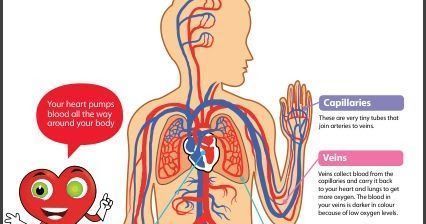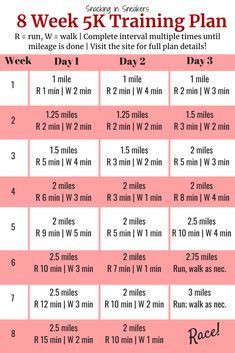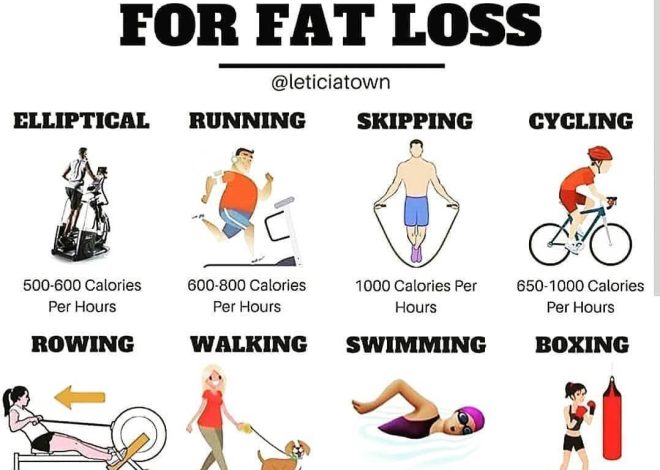
The Science of Sports Performance Enhancement
Sports performance enhancement is an area that has intrigued athletes, coaches, and scientists alike. The pursuit of improving performance has led to extensive research and the development of various techniques and technologies. In this article, we will explore the science behind sports performance enhancement and delve into some key areas where advancements have been made.
The Role of Nutrition
Nutrition plays a crucial role in sports performance enhancement. Athletes need to consume a well-balanced diet that provides the necessary macronutrients (carbohydrates, proteins, and fats) and micronutrients (vitamins and minerals) to support their physical exertion. Adequate fueling before, during, and after exercise is essential to optimize performance and facilitate recovery.
Training Techniques
Training techniques have evolved significantly over the years. Modern sports science has introduced evidence-based training methods that focus on specific aspects of performance improvement. These techniques include interval training, high-intensity interval training (HIIT), plyometrics, and strength training. Coaches and athletes can tailor their training programs to target specific physiological adaptations and optimize performance.
Interval Training
Interval training involves alternating between periods of high-intensity exercise and periods of rest or lower intensity. This type of training improves cardiovascular fitness, increases anaerobic capacity, and enhances performance in sports that require bursts of high-intensity efforts, such as sprinting or tennis.
High-Intensity Interval Training (HIIT)
HIIT takes interval training to the next level by incorporating short bursts of maximum effort exercises. This training method has gained popularity due to its time efficiency and ability to improve both aerobic and anaerobic fitness. HIIT has been shown to enhance endurance, increase metabolic rate, and improve overall athletic performance.
Plyometrics
Plyometric exercises involve rapid and explosive movements that boost muscular power. These exercises aim to improve an athlete’s ability to generate force quickly. Plyometrics can be particularly beneficial for athletes in sports such as basketball and volleyball, where explosive jumps and rapid changes in direction are essential for success.
Strength Training
Strength training is a fundamental component of sports performance enhancement. By targeting specific muscle groups and increasing their strength and power, athletes can improve their overall performance. Strength training helps enhance speed, endurance, agility, and injury prevention. The use of progressive overload, periodization, and proper technique are key principles in designing effective strength training programs.
Advancements in Sports Technology
Technological advancements have greatly contributed to sports performance enhancement. Various devices and technologies have emerged to monitor and analyze athletes’ performance, providing valuable data and insights.
Wearable Devices
Wearable devices such as fitness trackers, heart rate monitors, and GPS watches have become increasingly popular among athletes. These devices can provide real-time feedback on heart rate, distance covered, speed, and other important metrics, allowing athletes to track their progress and optimize their training.
Biomechanical Analysis
Biomechanical analysis involves the study of human movement and its impact on sports performance. Through the use of advanced motion capture systems and force plates, scientists can analyze an athlete’s technique and identify areas for improvement. This data-driven approach can help optimize movement efficiency and prevent injuries.
Virtual Reality (VR) Training
Virtual reality training has the potential to revolutionize sports performance enhancement. By immersing athletes in realistic virtual environments, VR training can simulate game scenarios and enhance decision-making abilities. This technology can also be used for injury rehabilitation and improving mental focus and resilience.
The Importance of Recovery
Recovery plays a vital role in sports performance enhancement. Adequate rest, sleep, and recovery strategies all contribute to optimizing an athlete’s physical and mental readiness.
Rest and Sleep
Rest and sleep are crucial for the body to recover from intense exercise. During sleep, the body undergoes various physiological processes, including tissue repair, hormone production, and memory consolidation. Athletes should prioritize getting enough quality sleep to enhance performance and reduce the risk of injury.
Recovery Strategies
Various recovery strategies have been developed to accelerate the body’s recovery process. These strategies include cold water immersion, compression garments, active recovery exercises, and massage therapy. Each method has its benefits in reducing muscle soreness, enhancing circulation, and promoting faster recovery.
Conclusion
The science of sports performance enhancement is continuously evolving, driven by research, technological advancements, and a greater understanding of human physiology. Athletes and coaches can harness the power of nutrition, training techniques, sports technology, and recovery strategies to optimize performance and achieve new levels of success. By combining these factors intelligently, athletes can unlock their full potential and push the boundaries of human achievement in sports.


